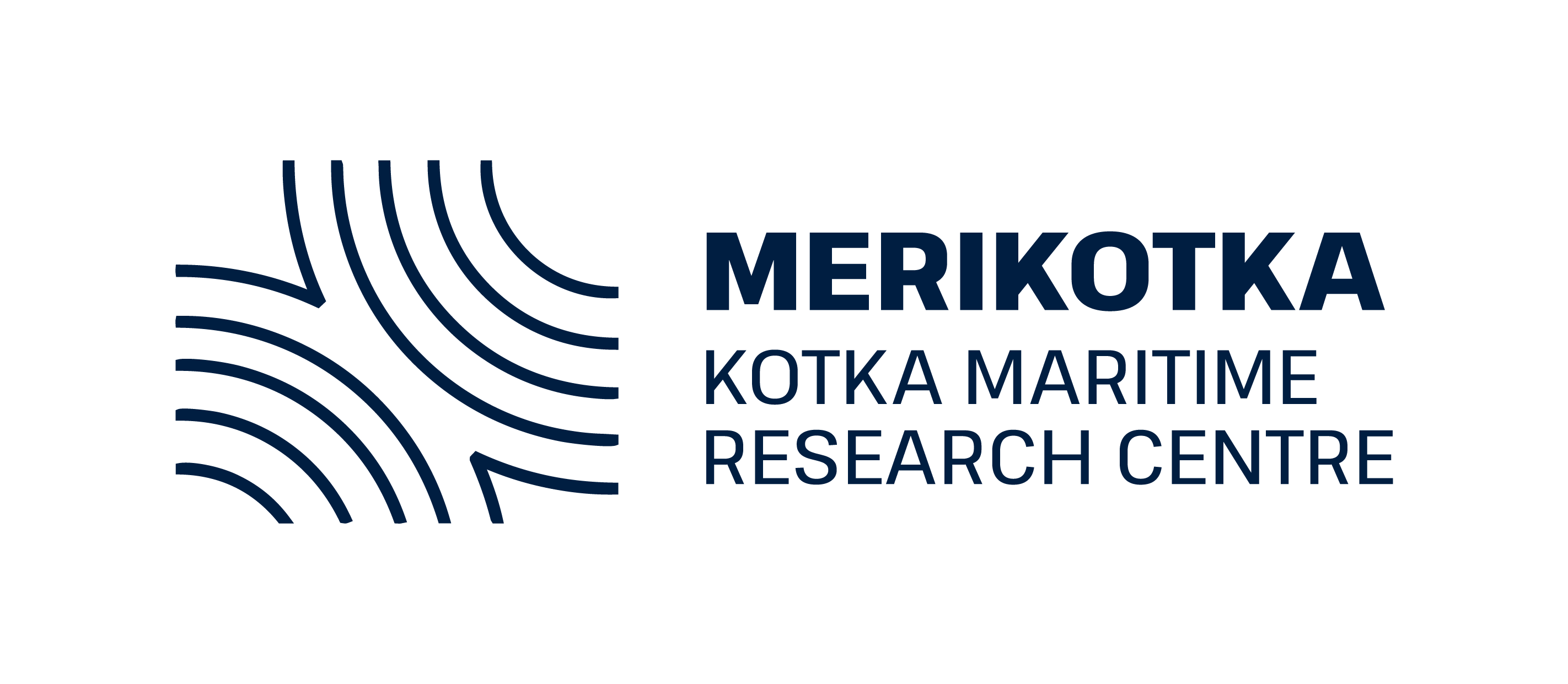The aim of the Russo-Finnish “Transboundary tools for spatial planning and conservation of the Gulf of Finland” (TOPCONS) project was to design a tool for mapping sensitive and diverse underwater landscapes, and planning the use and management of water bodies. The project also sought to produce comparative, multidisciplinary data for the planning of sustainable use and protection of water bodies.
The project saw us develop a new map-based tool for the planning of sustainable maritime area use. Based on geological and biological data collected from the eastern Gulf of Finland area as well as data on human activity, the tool helps reconcile human activity and nature values.
The material produced by TOPCONS is used e.g. by the Finnish Inventory Programme for the Underwater Marine Environment, as support for the planning of other maritime areas. The project also produced a Finnish-Russian dictionary for maritime area planning.
New species of gastropod
We also investigated the locations of fish breeding grounds and the impact of human activity on underwater habitats. During the project, a new species of gastropod was discovered off the coast of Hamina.
Funding
The Southeastern Finland–Russia ENPI CBC 2007-2013 programme, with a total budget of 1,700,000 €.
Project partners
Kotka Maritime Research Association (coordinator)
Helsinki University
Finnish Environmental Centre
Geological Research Centre
Metsähallitus
Finnish Game and Fisheries Research Institute
A.P. Karpinsky Russian Geological Research Institute
Russian Academy of Science
Russian State Hydrometeorological University


